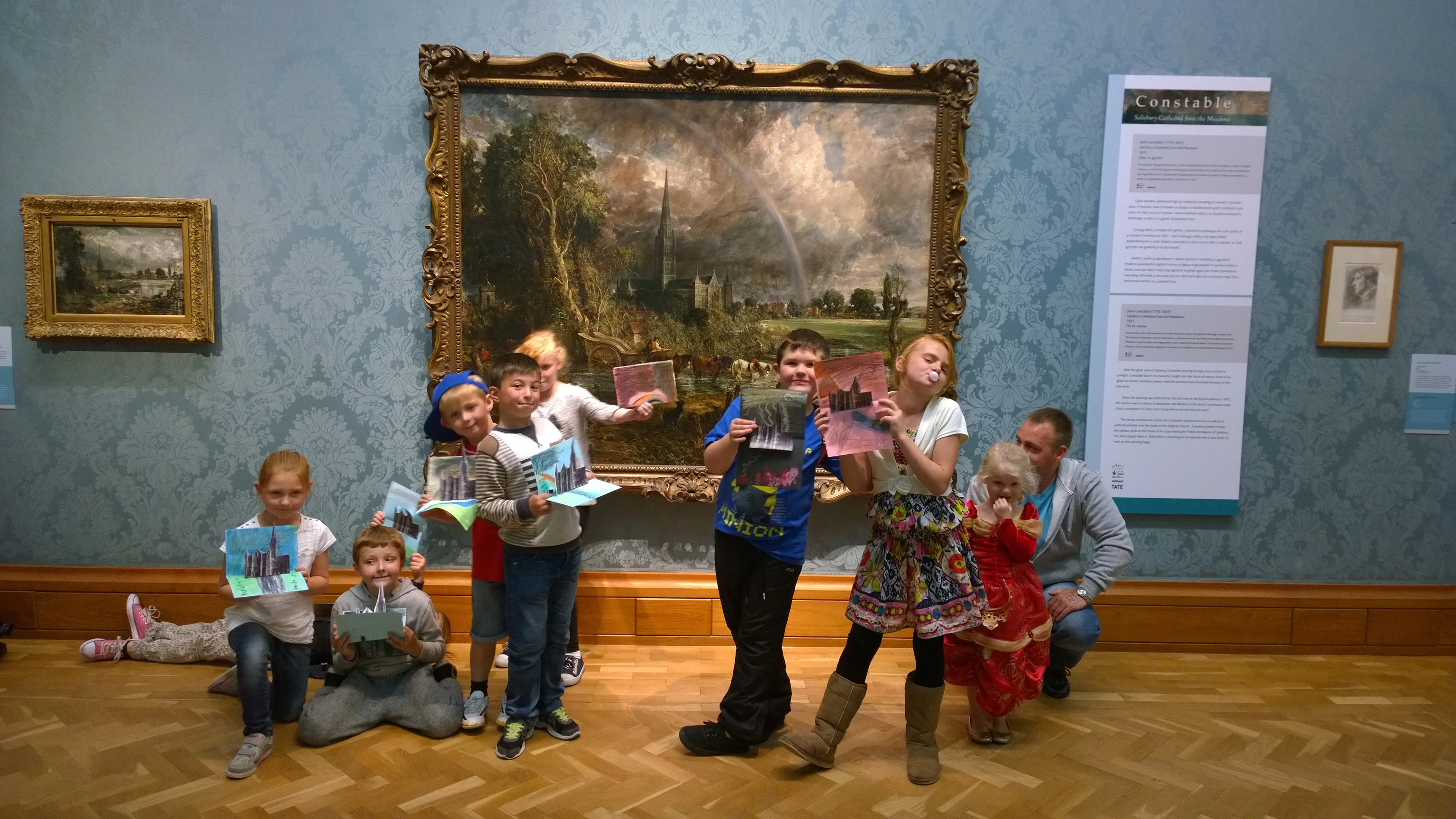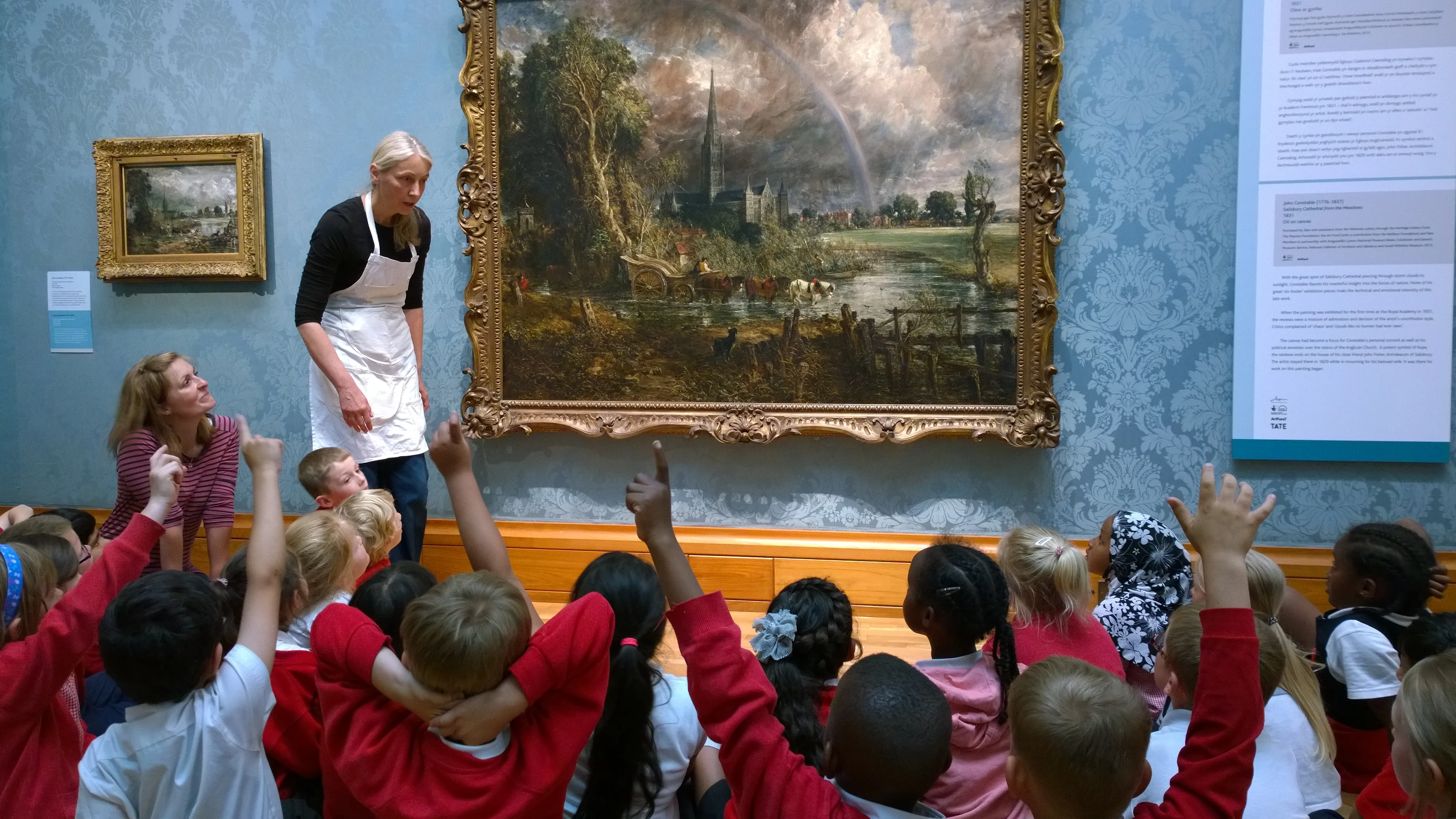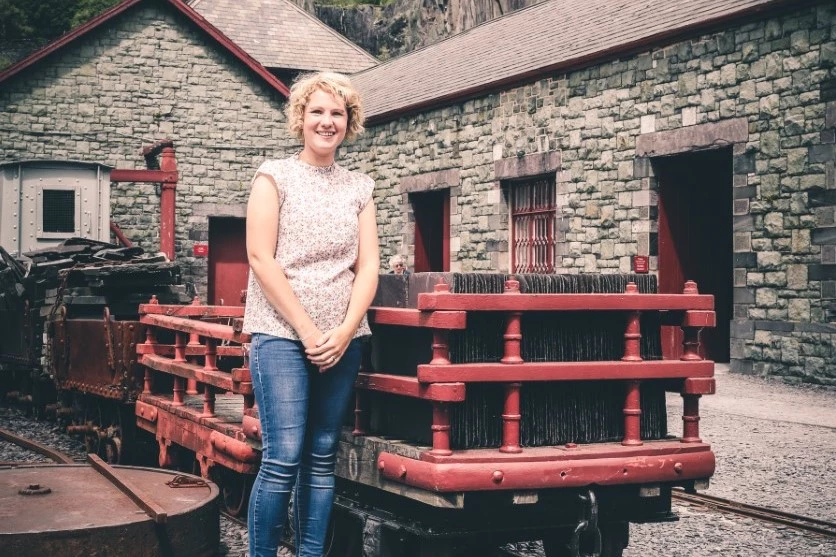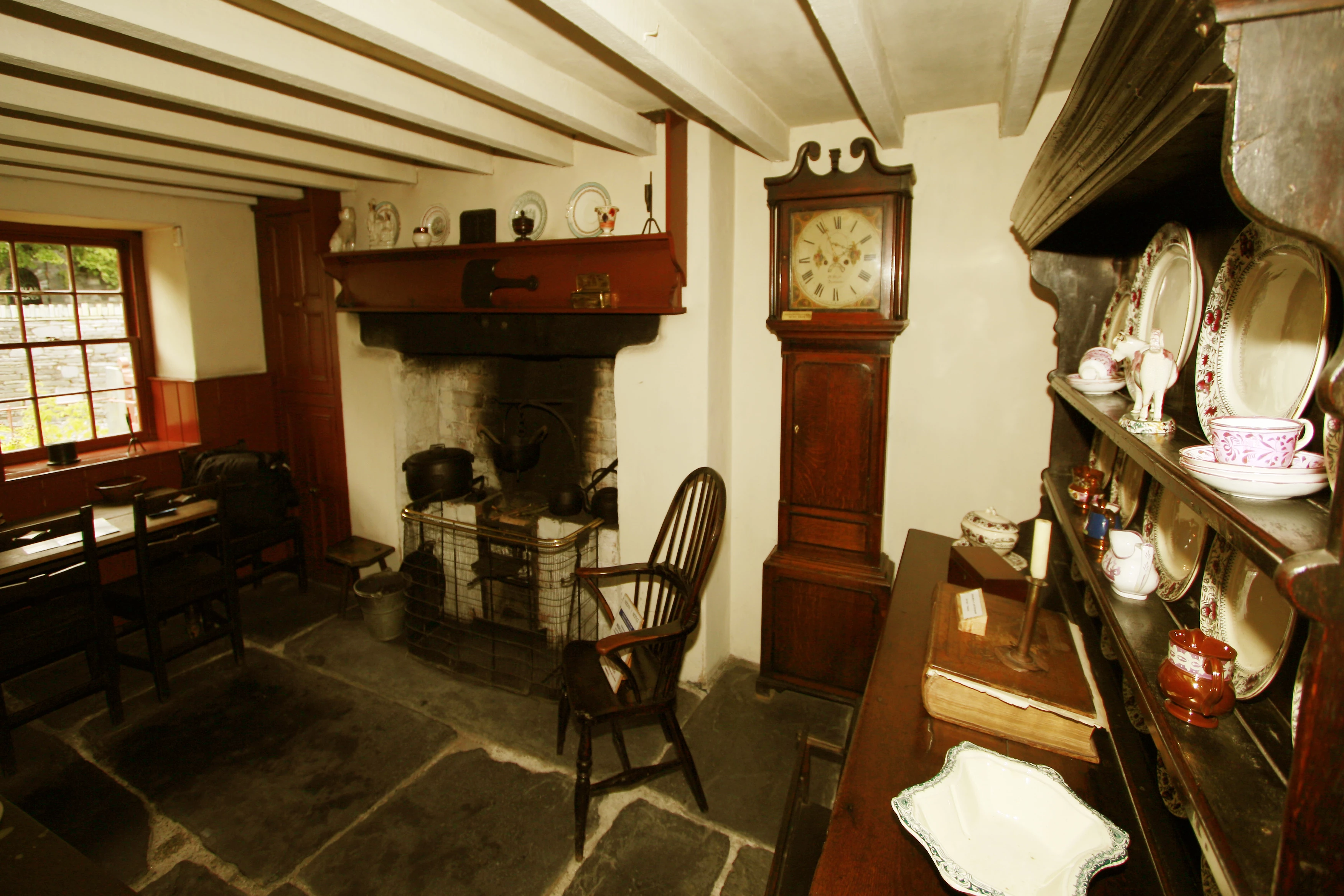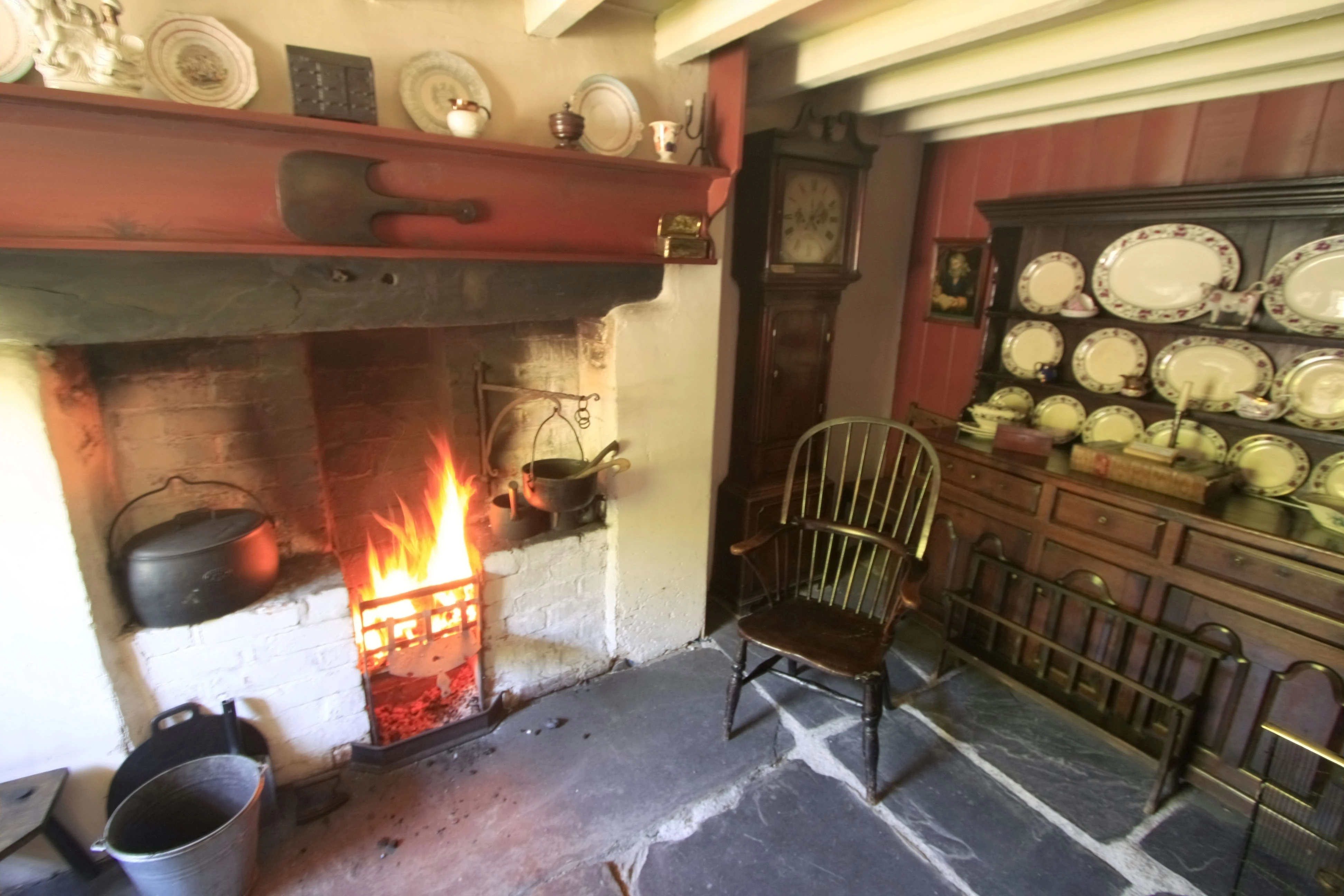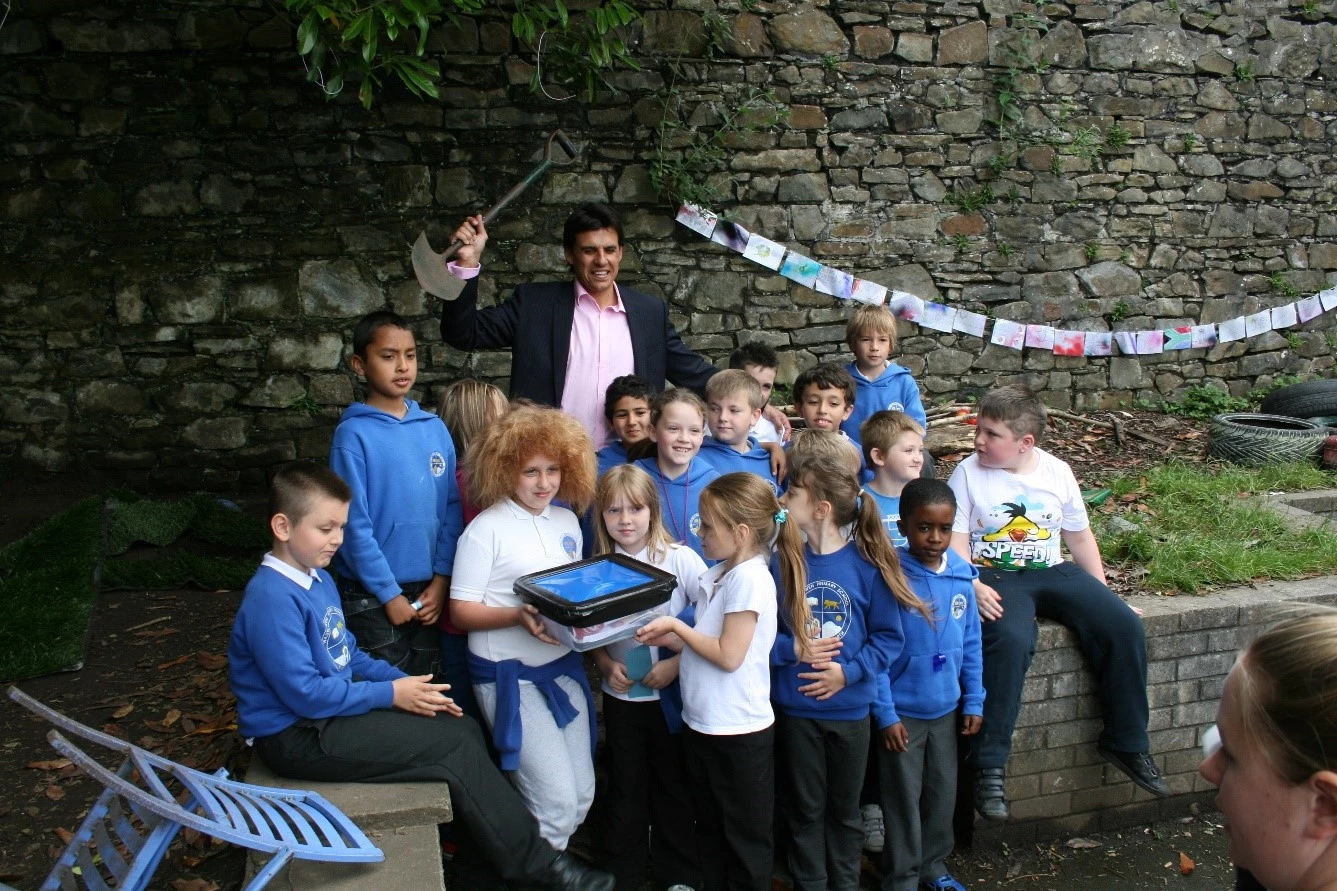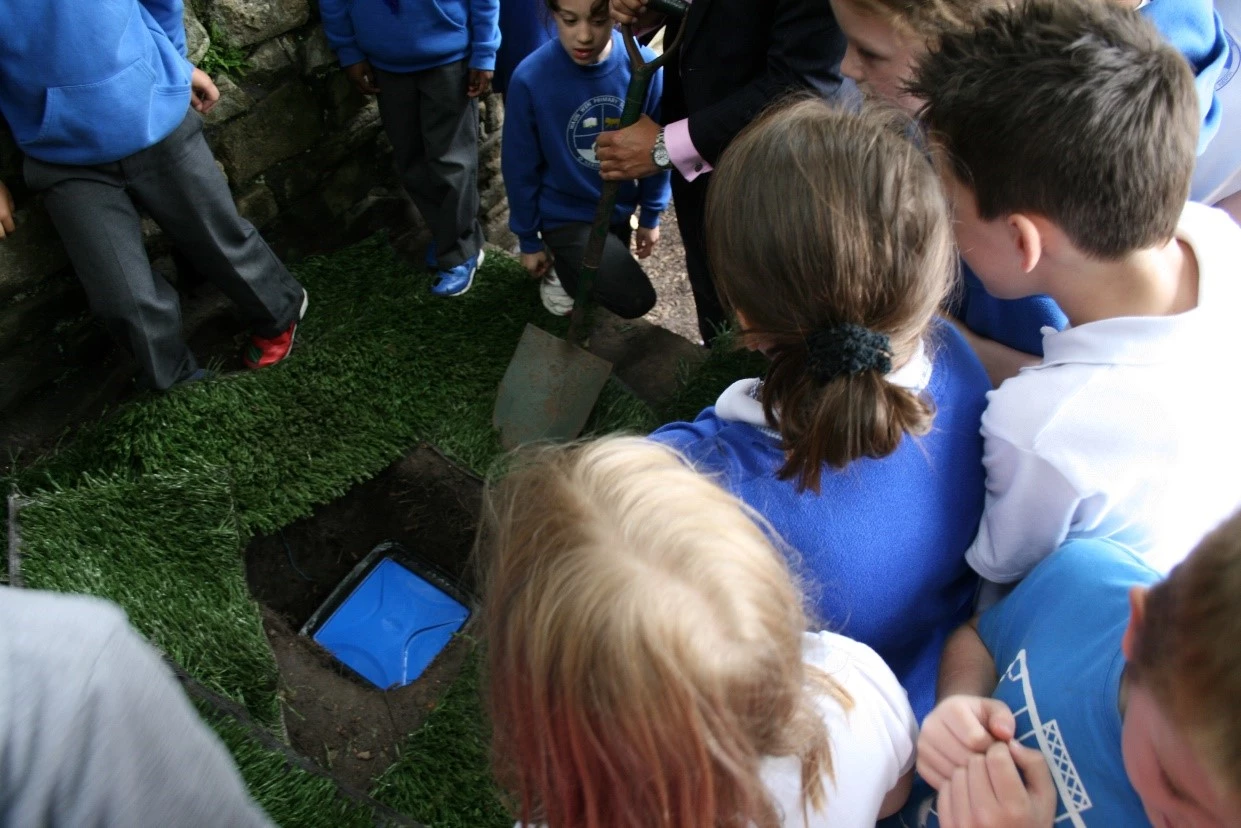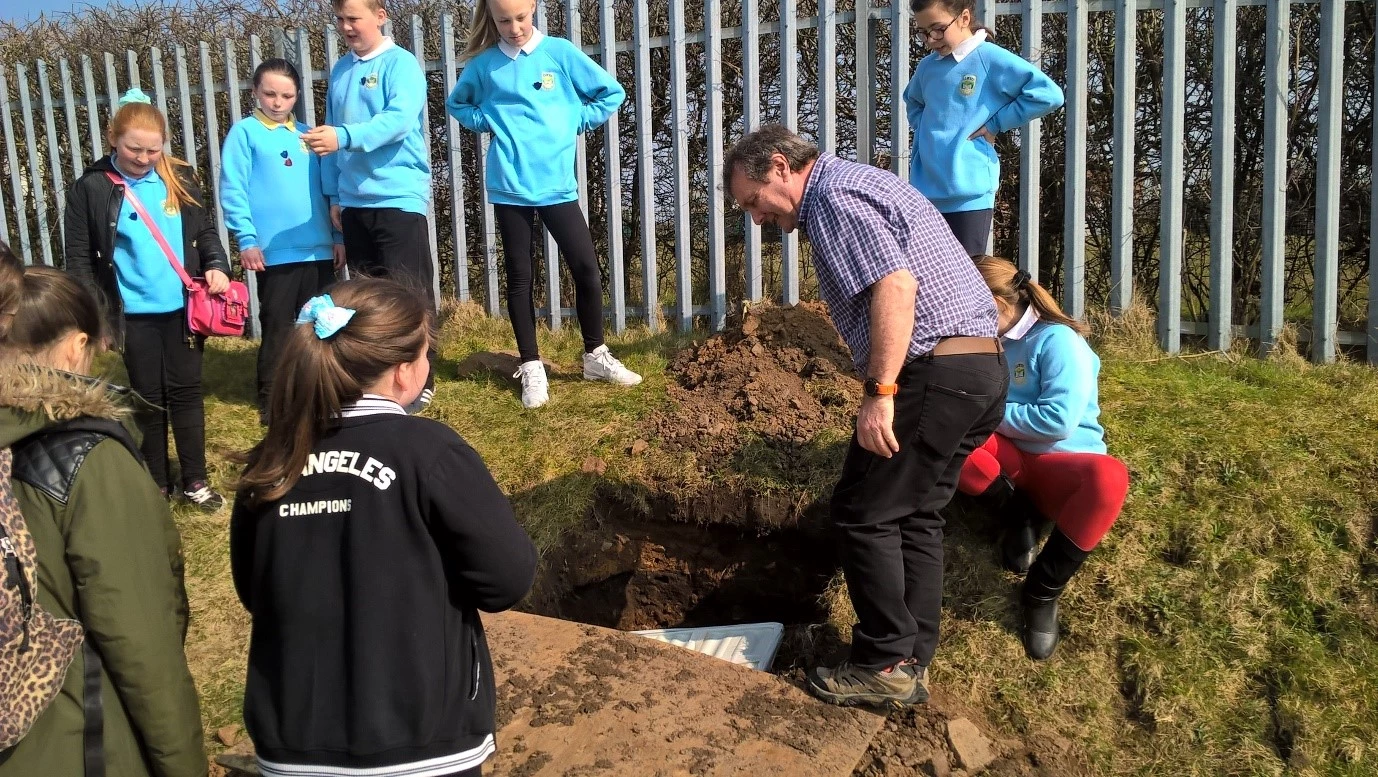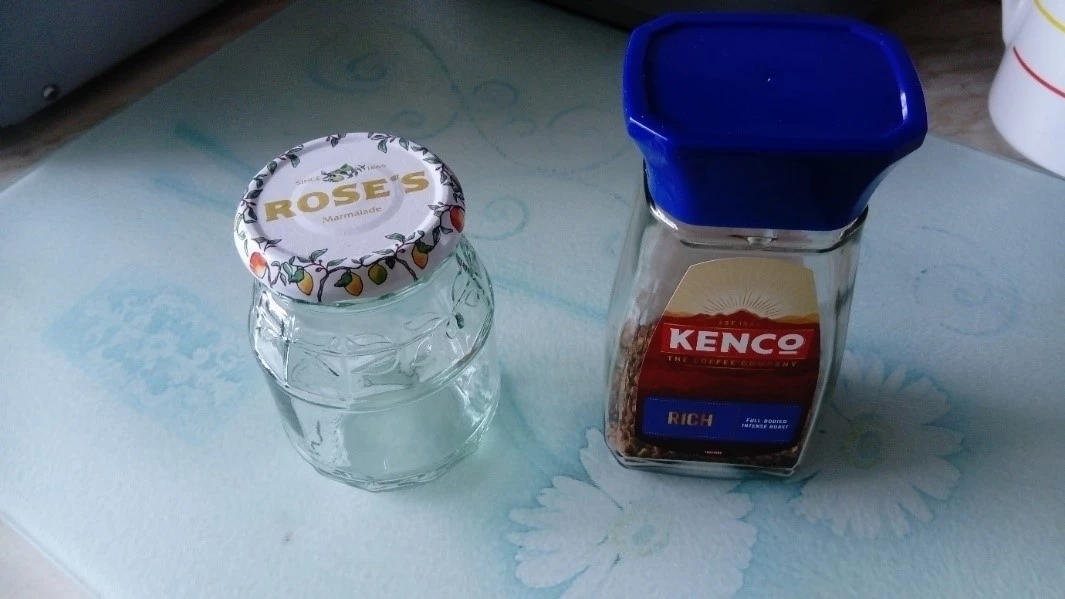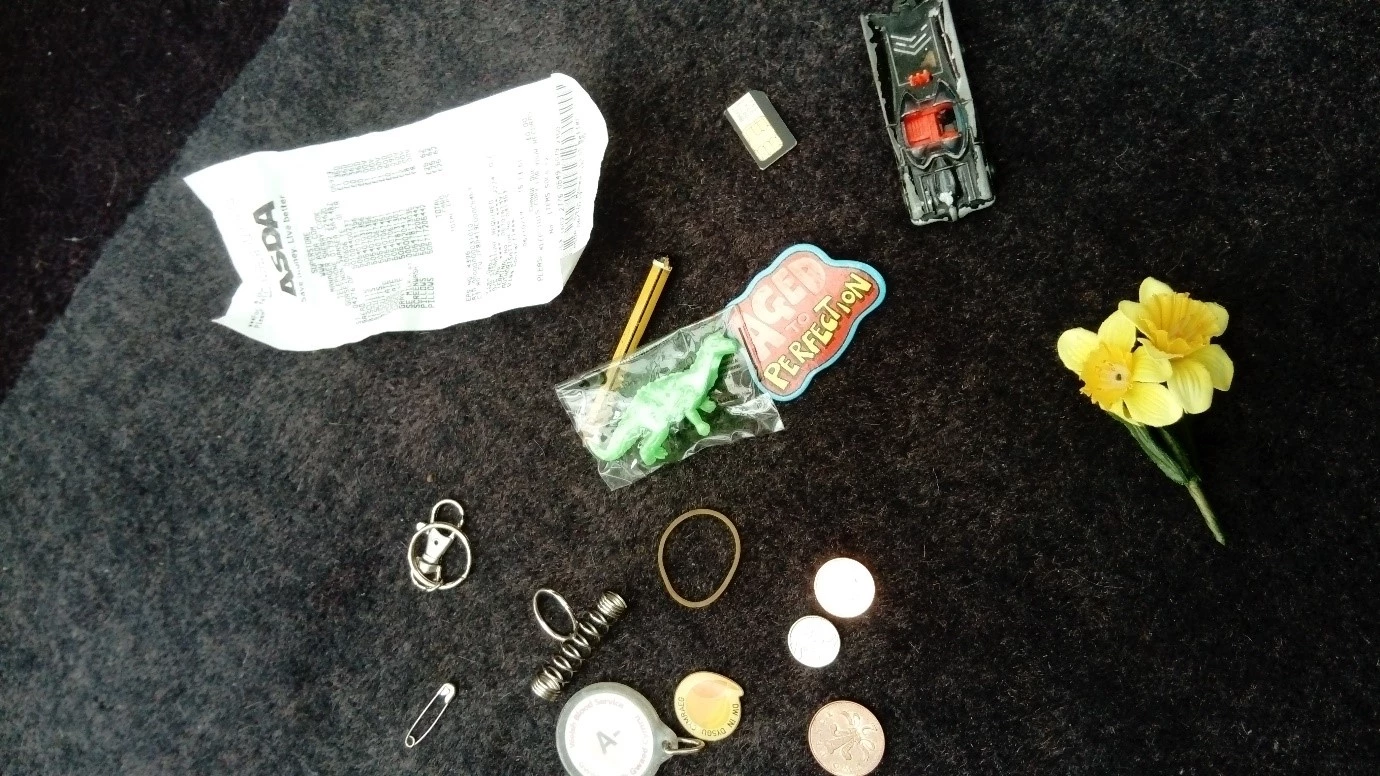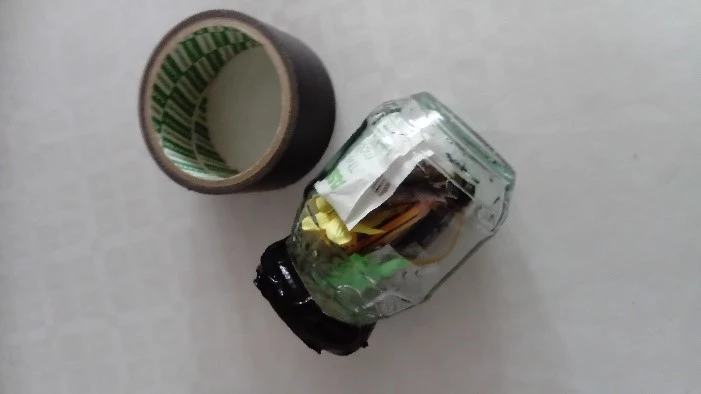Painting: another word for feeling? Constable, rainbows and hope
, 2 June 2020
Since lockdown began, I have found myself spending more time than ever peering in to people’s windows. Not because I’m nosy (well, maybe just a little) but because our streets have become almost living galleries, with art popping up in windows everywhere – mostly rainbow art, as symbols of hope.
This got me thinking about the rainbows in the national art collection, like the Turner watercolour given to us by Gwendoline Davies in 1952 as part of the Davies sisters bequest; Thomas Hornor’s rushing waterfall rainbow; and this more melancholic painting in the manner of Constable of a rainbow cutting through dark clouds, with a solitary figure at a fence seemingly oblivious to the rainbow above.
Comfort on our doorsteps
The weather was a constant source of fascination to Constable. He was drawn to rainbows as a scientific spectacle, and also for their calming effects. He once said ‘nature… exhibits no feature more lovely nor any that awaken a more soothing reaction than the rainbow’. For Constable, the rainbow represented a glimmer of hope in tumultuous times – something that may resonate with many of us today, as we struggle to come to terms with traumatic world events.
Constable believed artists should paint views and subjects with deep personal connections – things that they know and love; things that have stirred their senses and emotions. He once said that ‘painting is but another word for feeling’. For some, this is key to understanding his art. Constable’s paintings are not meant to looked at – they are meant to be felt.
Much of his work was inspired by childhood memories of his native Suffolk. A Cottage in a Cornfield shows a humble cottage in the country, with what appears to be a little donkey and foal hiding in the shadows at the gate – a simple scene he saw every day on his way to school as a boy. He delighted in the smallest details – things that many of his contemporaries in the nineteenth century art would have overlooked. ‘The sound of water escaping from mill dams, willows, old rotten planks, slimy posts, and brickwork, I love such things’ he wrote. Nothing was too commonplace, too mundane to be in his paintings. He saw beauty in things that at the time were not considered worthy to be the subject for art. He teaches us to find beauty in the everyday, and comfort on our doorsteps.
Today lockdown has stripped many of us right back to basics, and we are being encouraged to seek comfort and value the everyday more than ever before. We would love to see the things that are helping you get through these difficult times. You can share your #ObjectsofComfort with @AmgueddfaCymru on Twitter, or follow to see the items in our collections that have brought comfort to different people through the ages.
Learning from Constable’s rainbows
Six years ago I had the privilege of being part of the Aspire partnership project which saw Constable’s incredible six-footer painting Salisbury Cathedral from the Meadows 1831 (Tate) displayed at National Museum Cardiff, after it was saved for the nation in 2013.
The painting shows Salisbury Cathedral under a storm-heavy sky, a flash of lightning striking its roof. When he began paiting it in 1831, Constable was caught up in his own personal storm. His wife Maria had died from tuberculosis, leaving Constable to raise their seven children alone. He was also plagued by anxiety about political and religious changes raging around him. The painting is seen as an expression of the deep anxieties Constable felt at this time - anxieties, which were nonetheless mixed with a glimmer of hope for the future, symbolised by the faint rainbow. It is no coincidence that the rainbow ends at Leadenhall, the home of his friend and patron John Fisher who supported him through his darkest days.
Alongside the display we co-ordinated a series of learning activities, working with different visitor groups to create artworks and poems inspired by this painting. Over 6000 people took part in the programme, and I loved seeing the creative responses like these amazing pop-up rainbow landscapes made in family workshops. The animated light projections made by school groups working with artist Anne-Mie Melis , and CPD workshops for teachers led by poet clare e. potter were also real highlights.
Hope and broken hearts
What struck me during this project is that people of all ages responded so openly to the painting, and how it sometimes opened up dialogues about complex emotional states like grief, loss, hope and happiness.
One young pupil, Charles, asked ‘why does the dog look up for hope but the horses look down with their broken hearts?’; another, after learning that it took Constable four years to complete this painting, wondered ‘can you be that sad for that long? cos for every day you have a different feeling.’ I think about these questions even six years later: how emotions are never seperate - they intermingle and change so easily - and how our emotional states are never static, but are in a constant state of flux, which can sometimes make them difficult to deal with because they seem impossible to control.
This, I think, is why we need art and creativity more than ever. Not because I think art will solve the issues we are facing today - but perhaps it has a role in helping us to ask the right questions, and in teaching us how to feel our way through, together.
In 2013 Constable’s Salisbury Cathedral from the Meadows 1831 was secured for the British public through the Heritage Lottery Fund, the Manton Foundation, the Art Fund (with a contribution from the Wolfson Foundation) and Tate Members. The acquisition was part of Aspire, a five year partnership between Amgueddfa Cymru, Colchester and Ipswich Museum Service, The Salisbiry Museum, National Galleries of Scotland and Tate Britain, sponsored by the Heritage Lottery Fund and the Art Fund.
To secure the painting, a unique partnership initiative was formed between five public collections: Tate Britain, Amgueddfa Cymru – National Museum Wales, Colchester and Ipswich Museums, Salisbury and South Wiltshire Museum and the National Galleries of Scotland. This initiative, named Aspire, was a five-year project supported by the Heritage Lottery Fund and the Art Fund enabling the work to be viewed in partner venues across the UK. National Museum Cardiff was the first venue to display the work.

